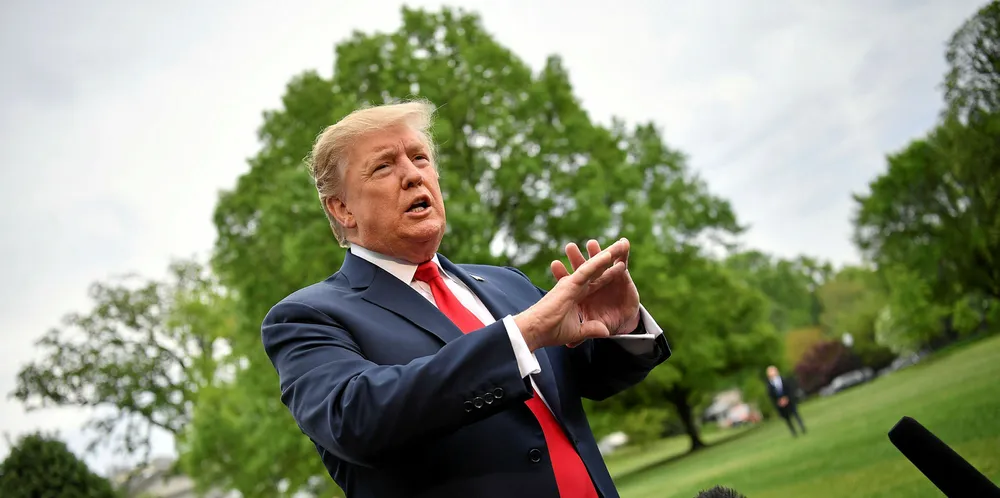'Windmills cause cancer' jibe backfires on Trump
IN DEPTH | Bizarre claim boosted support for the wind sector and raised questions over the president’s judgement, write Leigh Collins and Richard Kessler

IN DEPTH | Bizarre claim boosted support for the wind sector and raised questions over the president’s judgement, write Leigh Collins and Richard Kessler
